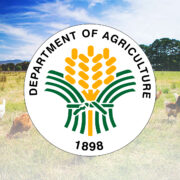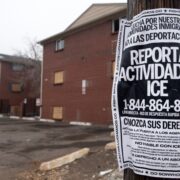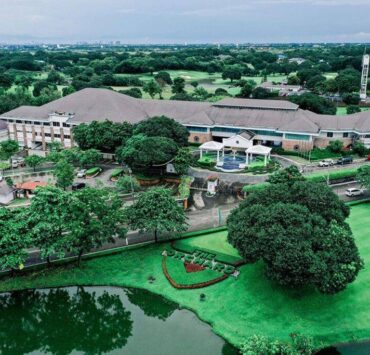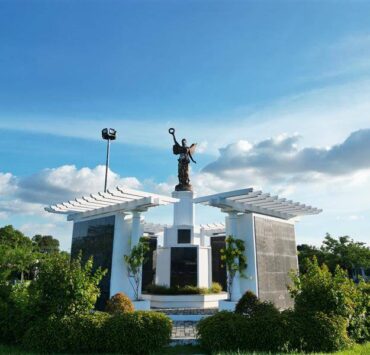Creating new urban hubs in PH
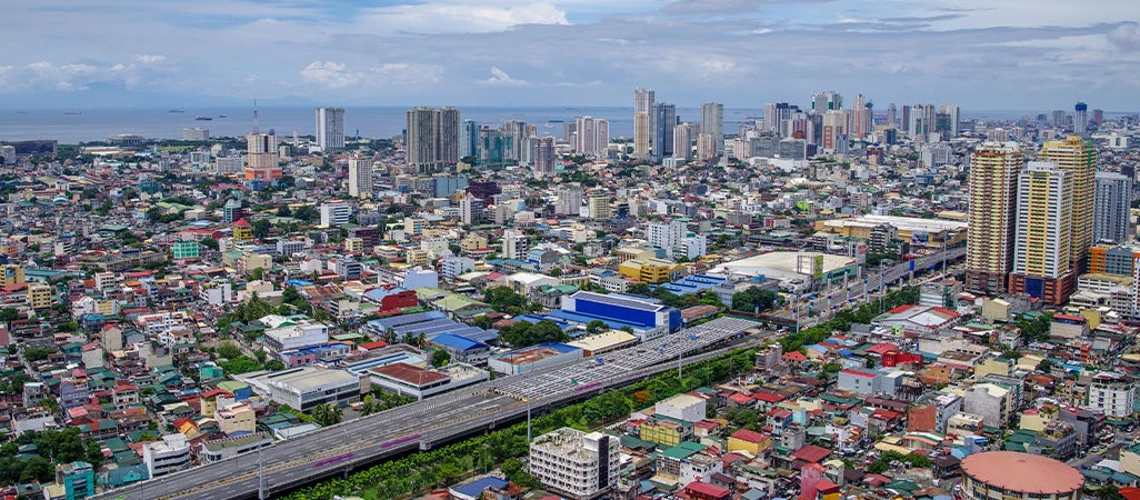
Ideally, cities and metropolitan areas should thrive economically, while still championing sustainability, ensuring seamless connectivity, and providing an enhanced quality of life for the residents.
Such is the vision behind the MetroHUB initiative by UN-Habitat as it seeks to support the sustainable development of metropolitan areas. By integrating planning, governance, finance, and environmental sustainability with targeted projects, this initiative aims to strengthen the capacity of metropolitan areas to better manage themselves.
Defining metropolitan areas
In this context, a metropolitan area goes beyond the boundaries of a single city. It is defined by governance structures as well as geographical, physical, economic, cultural, and social characteristics.
It is an urban agglomeration encompassing multiple cities or municipalities, weaving together urban, peri-urban, and rural zones. These areas are not just mere administrative conveniences as they are also economic powerhouses and cultural epicenters, often contributing largely to a nation’s gross domestic product (GDP).
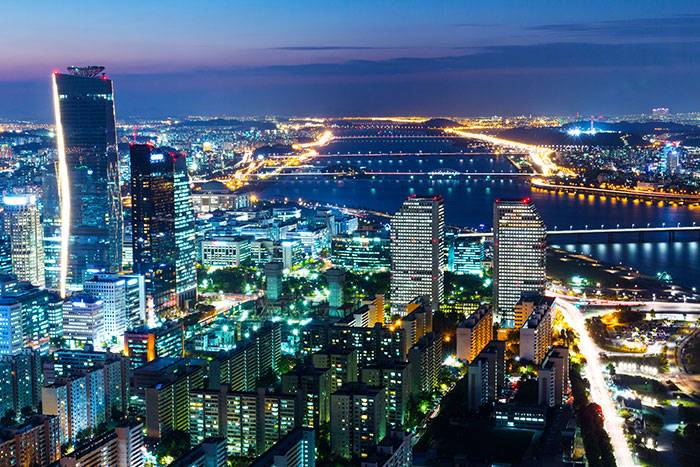
Global inspirations
Globally, there are prime examples of metropolitan areas that have shown commitments aligned with the MetroHUB initiative of sustainable development.
One is the Seoul Metropolitan Area. Comprising Seoul Special City, Incheon Metropolitan City, and Gyeonggi-do, this region faced severe traffic congestion and pollution due to rapid urbanization. To address this, the Seoul Metropolitan Government in 2004 implemented a major overhaul of the bus system, turning it semi-public, resulting in decreased congestion, improved air quality, and enhanced commuter experience.
This initiative became a global benchmark for urban transportation reform, given its success in reorganizing the bus system to become semi-public and creating new routes that meet residents’ needs. It also decreased traffic congestion, accidents, and air pollution.
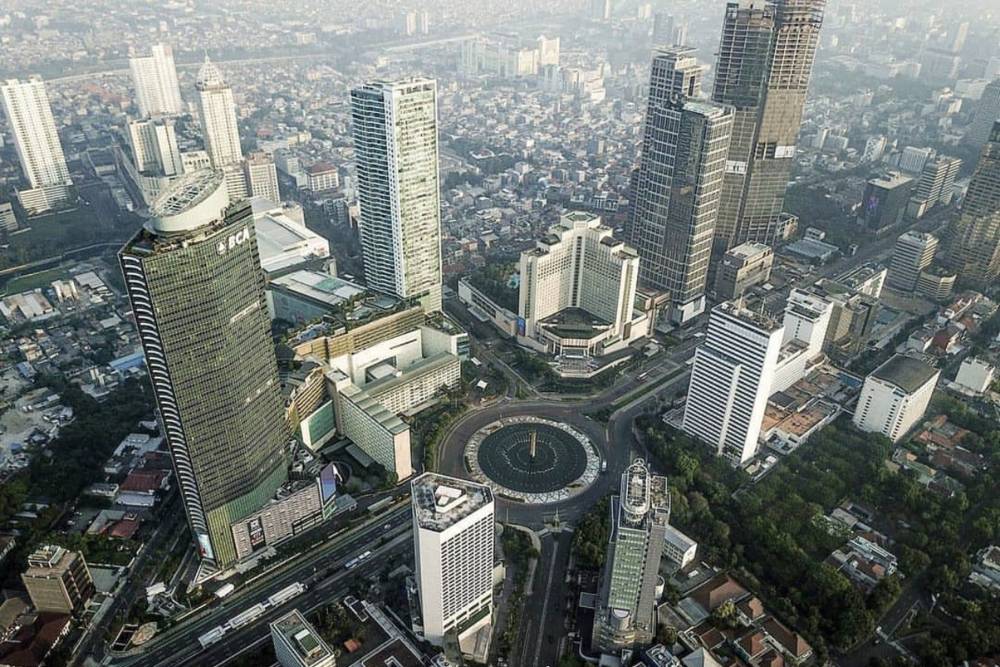
Similarly, the Jakarta Metropolitan Area, known as Jabodetabek, addressed its fragmented governance and rapid urban growth by fostering collaborative solutions. This area alone comprises Jakarta, Bogor, Depok, and Tangerang, making it among the largest urban areas in the world, with more than 30 million residents as of 2010.
To address these challenges, Jakarta’s office of the Deputy Governor for Spatial Planning and Environment launched “grand designs” to tackle issues concerning green buildings, solid waste management, urban farming, and clean water.
Philippines’ major hubs
In the Philippines, three major metropolitan centers are recognized by the National Spatial Strategy (NSS) of the National Economic and Development Authority, namely Metro Manila, Metro Cebu, and Metro Davao. This year, the NSS expects Cagayan de Oro to join this roster.
It may be well into the future, but with rapid urbanization and industrialization both within and outside these established metropolitan areas, there is no doubt that a new one will soon emerge. The National ICT Confederation of the Philippines lists several candidates as the “Next Wave Cities,” among them Lipa City in Batangas.
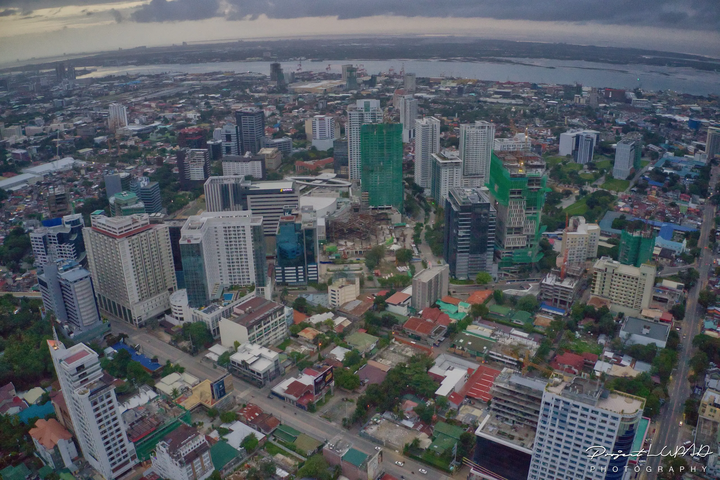
Progressive city
Recognized as a thriving and progressive city, Lipa has seen impressive economic and infrastructural developments that helped elevate its status today.
A robust coffee industry made Lipa a rich municipality before it was inaugurated as a chartered city in 1947. With its vibrancy and rapid urbanization, its rise as a dynamic urban core can only gain more momentum.
By 2022, the City of Lipa had 10,043 registered business establishments. Infrastructure development has been a main catalyst in Lipa City’s growth as it helped attract businesses. In fact, the local government reported a 42 percent increase in newly registered companies in the city, showing that more investors were inclined to do business in Lipa.
Connectivity has also progressed in the city given its three major terminals and locations in the vicinity of national roads, expressways, and main thoroughfares. Ongoing projects like the Manila-Batangas Bypass Road, among others, are not only helping expand the infrastructure network in the province but are also laying the groundwork for this modern metropolis.
Additionally, agriculture remains vital to Lipa’s economy. Agri-tourism and other related activities are also steadily increasing in the city, given the local government’s support for the growth and development of agriculture and fisheries.
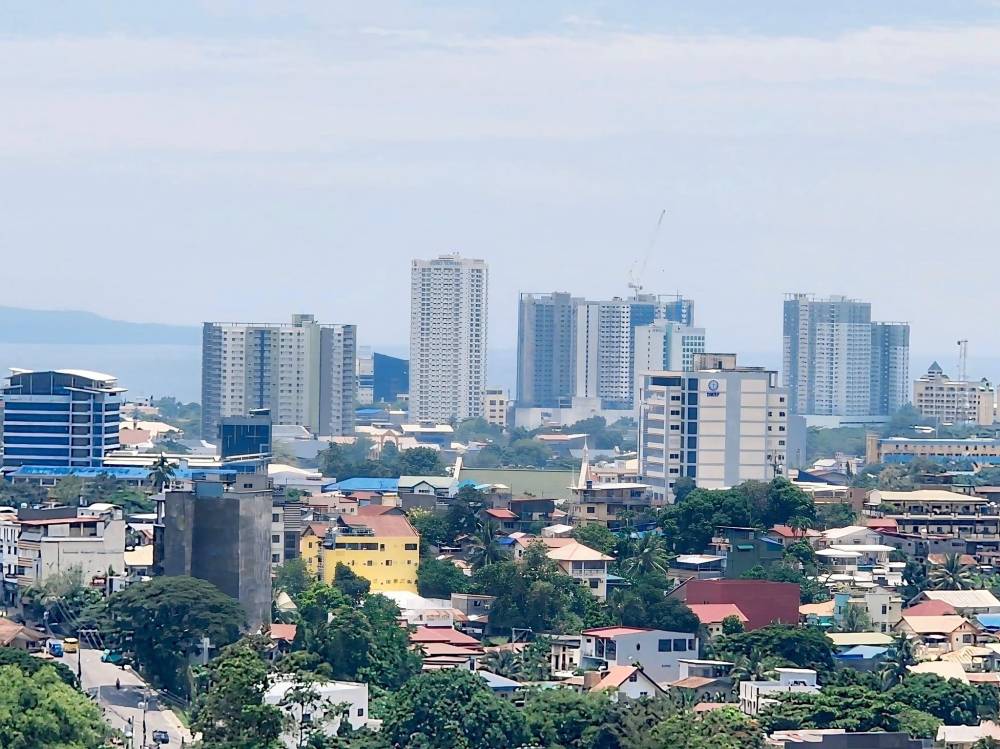
Global sustainable goals
Lipa City, dubbed the “Little Rome of the Philippines,” might as well be at the earliest stages of becoming the next sustainably developed metropolitan area, even by MetroHUB standards.
This is because, aside from its burgeoning economic status, Lipa City also participates with global sustainable development goals.
In July 2024, the local government of Lipa City made a strategic alignment with the Department of Science and Technology-Calabarzon for their commitments to turn Lipa into a smart city by implementing the Innovation, Science, and Technology for Accelerating Regional Technology-Based Development as well as the Smart and Sustainable Communities programs.
City officials say this collaboration signified a step towards harnessing technology for sustainable urban development, setting an example for other cities in the region to follow.
Sources: Inquirer Archives, unhabitat.org, pna.gov.ph, pdp.neda.gov.ph, neda.gov.ph, desapublications.un.org, ourworldindata.org, nationalatlas.ngii.go.kr, nicp.org.ph


